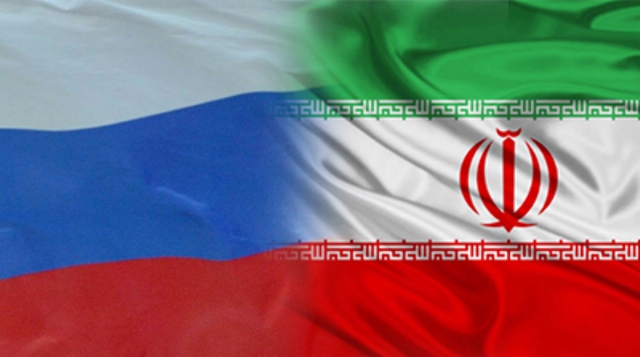
Energy ministers of Iran, Russia discuss trade, investment relation


According to the ministry report, the two ministers who are the chairs of the two countries’ joint economic committee, discussed cooperation in the energy, agricultural and transport sectors.
“In this conversation, agreements were also reached on the purchase of some basic goods by Iran from Russia,” the Iranian Energy Ministry portal (Paven) said in a statement.
The ministry report gave no further details about the purchases.
Earlier in May, traders and Iranian officials said Iran was scrambling to buy millions of tons of wheat, corn, and soybeans to shore up its reserves.
Back in February, Russian Deputy Foreign Minister Igor Morgulov said that the trade turnover between Iran and Russia was following an upward trend in the past two years despite the challenging external conditions.
"Despite the challenging external conditions, the Russian-Iranian trade turnover is rising. It increased to $2 billion last year," he said.
Mentioning the preferential trade agreement between Iran and the Eurasian Economic Union (EAEU), Morgulov expressed hope that the agreement would facilitate the trade between the two sides and give an extra impetus to the expansion of ties.
According to the official data, trade turnover between Russia and Iran amounted to $1.74 billion in 2018 and $1.589 billion in the period between January-September 2019.
Also in late December 2019, Moscow's commercial representative in Tehran, Rustam Zhiganshin had announced that more than 50 percent of Iran and Russia’s total bilateral trade was being conducted through national currencies.
"If in 2018 payments in national currencies comprised 40 percent [of the two countries’ trade], in 2019 this quota has already exceeded 50 percent," Zhiganshin told sputnik.
Russia’s exports to Iran include machinery, steel, wagons, wood, vegetable oil, corn, barley, red meat, and other goods, while its imports from the Islamic Republic are mostly dairy products, vegetables, and fruits.


Trump weighs using $2 billion in CHIPS Act funding for critical minerals

Codelco cuts 2025 copper forecast after El Teniente mine collapse

Electra converts debt, launches $30M raise to jumpstart stalled cobalt refinery

Barrick’s Reko Diq in line for $410M ADB backing

Abcourt readies Sleeping Giant mill to pour first gold since 2014

Nevada army depot to serve as base for first US strategic minerals stockpile

SQM boosts lithium supply plans as prices flick higher

Viridis unveils 200Mt initial reserve for Brazil rare earth project

Tailings could meet much of US critical mineral demand – study

Kyrgyzstan kicks off underground gold mining at Kumtor

Kyrgyzstan kicks off underground gold mining at Kumtor

KoBold Metals granted lithium exploration rights in Congo

Freeport Indonesia to wrap up Gresik plant repairs by early September

Energy Fuels soars on Vulcan Elements partnership

Northern Dynasty sticks to proposal in battle to lift Pebble mine veto

Giustra-backed mining firm teams up with informal miners in Colombia

Critical Metals signs agreement to supply rare earth to US government-funded facility

China extends rare earth controls to imported material

Galan Lithium proceeds with $13M financing for Argentina project

Kyrgyzstan kicks off underground gold mining at Kumtor

Freeport Indonesia to wrap up Gresik plant repairs by early September

Energy Fuels soars on Vulcan Elements partnership

Northern Dynasty sticks to proposal in battle to lift Pebble mine veto

Giustra-backed mining firm teams up with informal miners in Colombia

Critical Metals signs agreement to supply rare earth to US government-funded facility

China extends rare earth controls to imported material

Galan Lithium proceeds with $13M financing for Argentina project

Silver price touches $39 as market weighs rate cut outlook

















